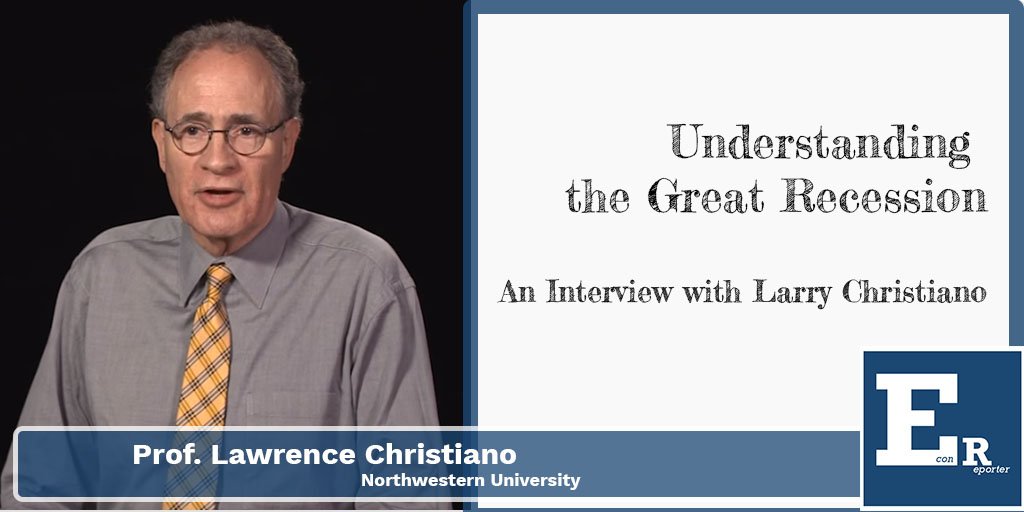Lately, I have been reading some research about Coco bonds (Contingent Convertible Capital Securities) market structure. A series of papers by Stefan Avdjiev, Bilyana Bogdanova, Patrick Bolton, Wei Jiang, and Anastasia Kartasheva on this topic is highly recommended.
Below I would highlight two interesting topics that are discussed in their 2017 paper for the BIS, “CoCo issuance and bank fragility“.
CoCo issuance and bank fragility
Contingent convertible capital securities (CoCos) are hybrid capital securities that absorb losses when the capital of the issuing bank falls below a certain level. CoCos can absorb losses either by converting into common equity or by suffering a principal writedown. They have a “trigger” which can be either mechanical (that is, defined numerically in terms of …
Coco Bond’s loss absorption mechanism
There are two kinds of loss absorption mechanism—Principal Write-down (PWD) or Mandatory conversion into equity (MC).
Bank shareholders do not have much incentive to issue MC as that would benefit the holder of senior unsecured debt most, especially in the state of near bankruptcy. This is the so-called “debt overhang” problem.
What about Principal Write-down? Shareholders certainly have the incentive to use it as the capital buffer, as it should always increase equity value. It is also 100% fixed income, and the pricing is easy and less prone to undervaluation due to uncertainty.
But the potential problem is that PWD can encourage excessive risk-taking, especially around the conversion trigger. In contrast, MC Coco can mitigate the excessive risk-taking as the loss would be shared by equity holders.
The researchers put forth a model that suggests an inverted U-shaped relationship between the bank’s incentive to issue Coco and the bank’s equity capitalization. When the bank is under-capitalized, shareholders won’t benefit much from Coco issuance as most benefit goes to senior unsecured debt holders. When the bank’s equity capitalization is high, Coco, alongside with common stock, would be considered as expensive capital that is not necessary.
So, it is only when the banks have an intermediate level of capital would have the incentive to offer Coco, as this seems to benefit both the shareholders and debt holders.
From the empirical result, we see that a bigger bank tends to issue Coco earlier. Tier 1 capital is also negatively correlated with time to first Coco issue, and one ppt increase is associated with a 3.8-month earlier issuance. This is consistent with the prediction that undercapitalized banks should be reluctant to issue Coco.
The amount of loans and trading securities on the banks’ balance sheet is also negatively related to the time to first Coco issue. The researchers use trading securities held as a proxy of risk-taking tendency, and the result shows that one ppl Increase in trading securities predicts the bank to tissue Coco 0.9 months earlier.
The effect of Coco on issuer’s riskiness and value
No matter what the design is, Coco should reduce the risk of the issuers’ senior unsecured debt, as Coco would increase the recovery value of the debt in case of default.
Nonetheless, the effect of Coco issuance on the bank’s stock price is not apparent. It is because whether Coco issuance is good news depends on whether the bank has a strong balance sheet.
If the bank has a strong balance sheet, Coco issuance is terrible news as it would be considered as expensive, yet unnecessary, capital that reduces shareholders’ return. If the bank’s balance sheet is weak, then Coco issuance is good news as it can share the loss shareholders is facing.
The empirical finding suggests that only when the issuance is for a Coco with principle write down as the loss absorption mechanism and at the same time with a high conversion trigger (i.e., easier to reach the trigger), then the share price will have a positive response. In the other cases, the effect of Coco issuance on stock price is not significant. So the lesson for investors is — don’t expect Coco issuance is good for the stock performance.











